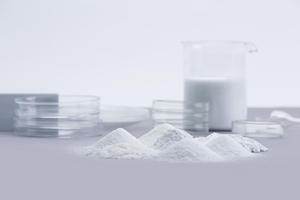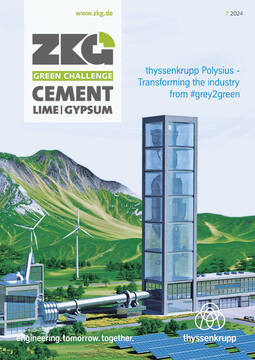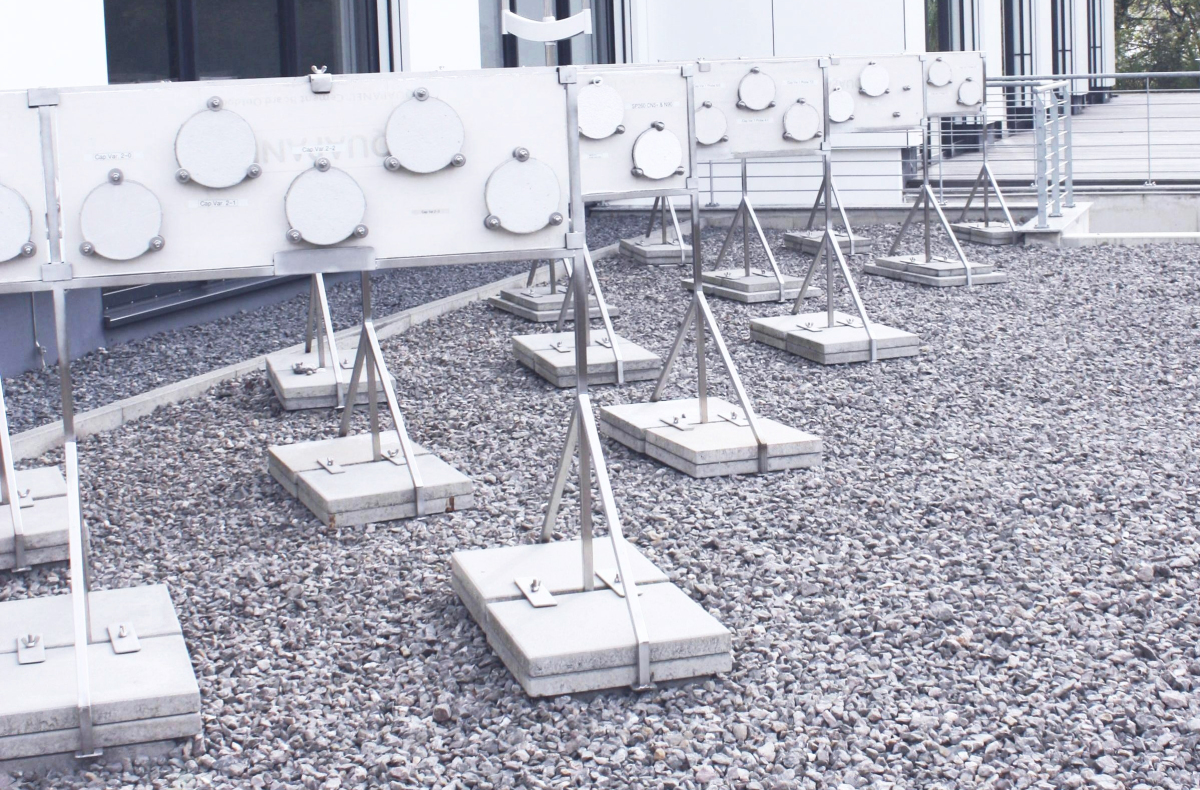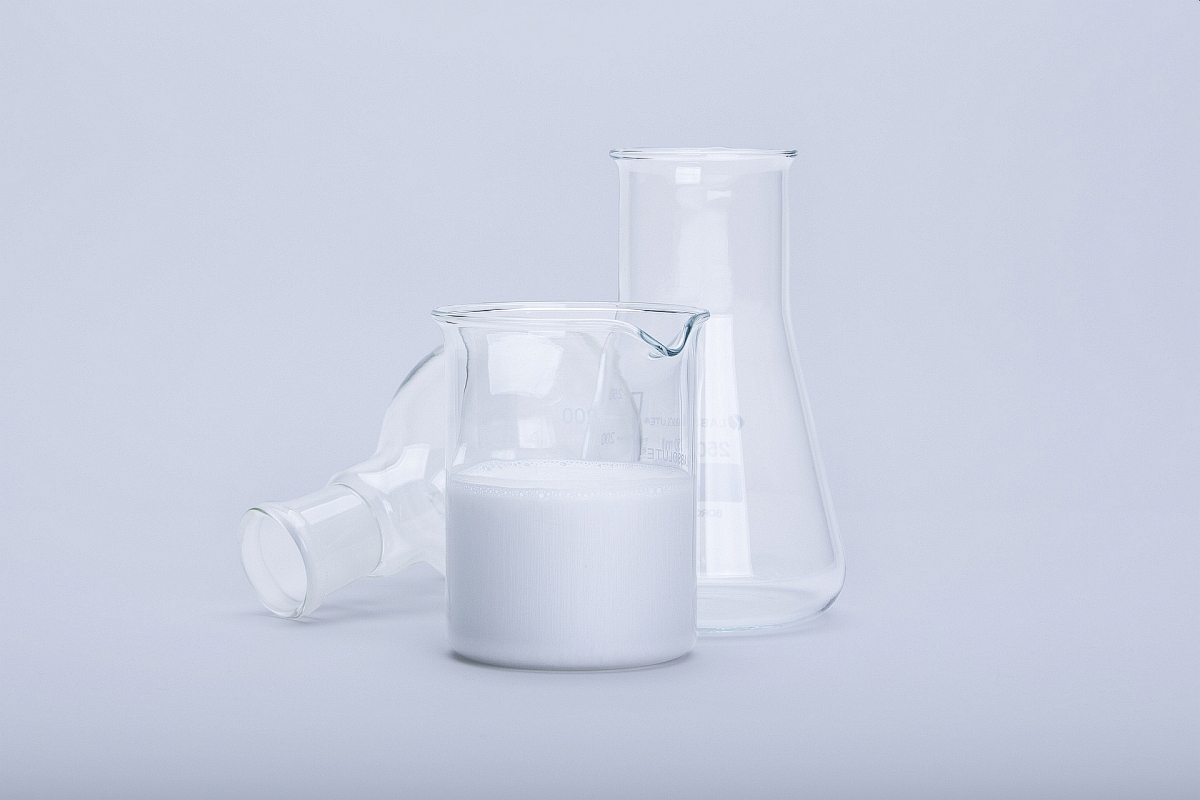Supporting the Green Challenge – Oleochemical Hydrophobing Agents
The oleochemical industry offers products based on renewable feedstocks like natural oils and fats and, therefore, is one of the oldest industries of the European bioeconomy. With the aim to develop environmentally friendly, sustainable solutions for a variety of industries, oleochemicals are in line with global sustainability efforts and the development of a bio-based economy.
As many other industries, the construction sector also has to face a change towards more circular and sustainable supply chains and product life cycles. This includes, among all others, the necessary additivation to achieve a proper hydrophobization of the building material. To offer the best support for our customers, we are continuously working on sustainable solutions together with them.
Oleochemical products like metal soaps or alkaline soaps are a green alternative to other hydrophobing agents as they combine sustainability and performance: As a bio-based material they don’t lead to additional carbon in the atmosphere and are environmentally compatible. At the same time, they show very good performance and offer a long-term hydrophobing effect.
Nevertheless, in the urgent context of climate change, it is still important to quantify the environmental benefits of bio-based products and identify the possible options to further reduce the product carbon footprint. Conducting a detailed Life Cycle Assessment (LCA) for a product can reveal valuable insights of the generated emissions and determine the emission hot spots along the value chain. With this information, specific measures to reduce the emissions can be identified and a quantified comparison of a product with others is possible.
We see the value of this method and conduct LCAs for different products from our portfolio. As a result, we have already identified a variety of actions for further improvement. Together with our suppliers and other stakeholders in the supply chain, we work on more sustainable agricultural practices for our raw materials. For example, we have a strict palm oil policy and strongly support sustainably certified palm oil to make our contribution to improvements along the palm oil supply chain. To further reduce our scope 3 emissions, we also look at alternative and secondary feedstocks. With regard to the reduction of our scope 1 and 2 emissions, i.e. our own emissions at the production site, we have taken different measures like electrification and the usage of renewable energy from e.g. photovoltaic. Currently, we are also undertaking a major project on energy supply and the development of the future energy concept at our headquarters. All those measures help us to reach our net-zero goals that are aligned with the science-based target initiative (sbti) and have been summarized in our climate protection strategy.
With a special focus on the construction industry, we currently work on our first Environmental Product Declaration (EPD), which will contain all the relevant product environmental information. This is valuable for us but most important it is valuable for our customers and for the building industry as a whole. During the journey to a net-zero industry, the involvement of all actors of the supply chain is essential. Our improvements help our customers reduce their scope 3 emissions without having to accept performance downturns. Only together we can solve the green challenge.








